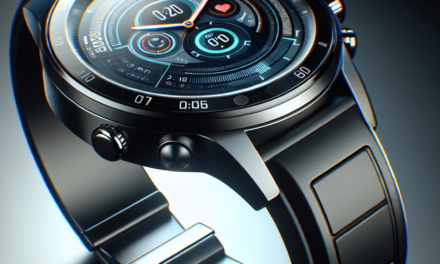Potential market for sleep apnea technology in smartwatches
The Apple Watch X, also referred to as the Watch Series 10, is anticipated to be released in September 2024. There’s speculation that this upcoming gadget might be equipped with the ability to detect and alert for sleep apnea. This notion has initiated debates concerning its possible effects on the market for sleep apnea diagnostic systems, raising questions about whether the smartwatch could begin to capture a portion of the market.
According to GlobalData’s research, the sleep apnea diagnostic systems market was valued at $905 million in 2023, and it is projected to reach $1.3 billion by 2033, growing at a compound annual growth rate (CAGR) of 3.8%. Many smartwatches are currently designed to track sleep patterns and vital signs. However, they cannot replace a comprehensive sleep study that includes either a polysomnogram or a home sleep apnea test (HSAT).
The FDA-sanctioned HSAT offers comparable data that contemporary smartwatches are capable of tracking. Despite smartwatches not reaching the exactitude of gold standard methods used for evaluating brainwaves, medical professionals can employ them to monitor obstructive sleep apnea (OSA) in patients over extended periods without the necessity for multiple wires and sensors. Advanced smartwatches can utilize deep learning models to identify breathing events in patients, notifying the user about signs of sleep apnea, particularly OSA.
Identifying Conditions Early Through Smartwatches
Samsung Health Monitor app has introduced a new sleep apnea feature, sanctioned by the FDA. This feature allows users over 22 years of age to detect signs of moderate to severe OSA using a compatible Samsung Galaxy watch and phone.
This is the first device to secure FDA approval and it is expected to aid in early OSA detection, prompting users to seek medical help to prevent health issues. A significant number of sleep apnea patients remain undiagnosed, indicating the need for increased awareness and accessibility of diagnostic tools. As more smartwatch brands gain regulatory approval, a larger group of people will prefer this handy method before scheduling a visit to sleep clinics for the final diagnosis.
The market for smartwatches that detect sleep apnea is driven by a combination of convenience, accuracy, and FDA approval, focusing on undetected cases and improving existing technologies to meet evolving patient needs. The integration of artificial intelligence and the emphasis on home monitoring are key trends shaping the future of sleep apnea detection and treatment. Read More





